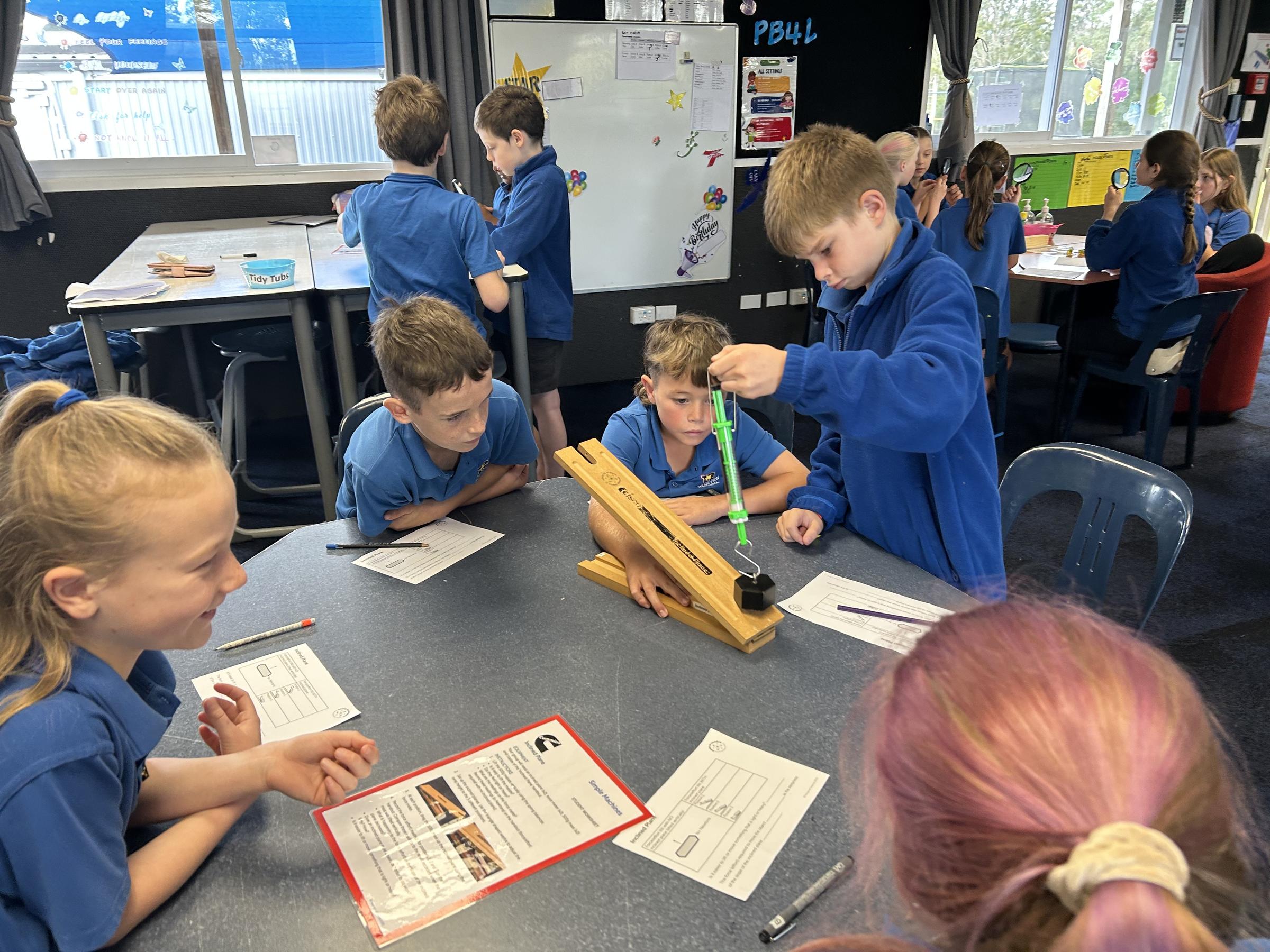Learning for Term 3

Term 3 Learning at Ridgeview: Unity in Diversity: Exploring Cultural Similarities and Uniqueness
Big Question:
How can understanding the similar factors that make up cultures and traditions help me to understand that all cultures are unique?
Key Understandings:
- Every culture is made up of similar elements: language, customs, beliefs, values, food, art, and ways of living.
- While these elements are shared across cultures, how they are expressed is unique.
- Understanding and respecting these differences helps build connection, empathy, and global awareness.
- Cultures ensure the sustainability of their ways of life through storytelling, rituals, and intergenerational knowledge.
Whakataukī:
“He aha te mea nui o te ao? He tangata, he tangata, he tangata.”What is the most important thing in the world? It is people, it is people, it is people.This reminds us of the value of human relationships, community, and collective wellbeing.
Curriculum Learning Areas:
🟢 English – Structured Literacy
- Writing: Information reports, narratives, descriptions, myths and legends
- Oral Language: Storytelling and performance
- Reading: Cultural texts, non-fiction, legends, and comprehension strategies
🔵 Mathematics – Maths No Problem
- Ongoing development of mathematical thinking and problem solving
- Embedded in real-world cultural contexts where appropriate
🟡 Science – Planet Earth and Beyond
Focus: Navigating the World – Cultural and Scientific Exploration
- Traditional navigation (e.g. Māori and Polynesian star navigation)
- Scientific understanding of celestial bodies and Earth’s place in the solar system
- Links between traditional knowledge and modern science
🟠 Technology – Nature of Technology
- Exploration of cultural innovations: tools, buildings, clothing, food, musical instruments
- Understanding how technologies reflect cultural values and needs
🟤 Social Science – Identity, Culture and Organisation
- Investigation of each culture’s history, politics, daily life, language, rituals, social structure, beliefs, and values
- Comparing and contrasting cultural systems
- Building an understanding of identity and belonging through a cultural lens
🔴 Health – Relationships with Others
- Exploring cultural communication styles and interpersonal behaviours
- Building respectful interactions and understanding across cultures
- Developing empathy and inclusivity in diverse social settings
🟣 The Arts – Visual & Performing
- Visual Arts: Creating artworks inspired by the country each class is studying
- Performing Arts: Preparing performances (dance, song, storytelling) for the End of Term Cultural Showcase on Wednesday 18 September
How You Can Support Learning at Home
Here are some simple ways you can extend and support your child’s learning at home this term:
- Talk about your own culture and family traditions – food, language, stories, celebrations
- Cook or try food from the country your child’s class is studying
- Visit your local library and borrow books or stories from different cultures
- Watch age-appropriate documentaries or travel videos about different countries
- Encourage your child to share what they’re learning – ask them to explain a story, show you a piece of work, or teach you a new word
- Attend the end-of-term cultural showcase to celebrate their learning
- Practice storytelling and oral language – ask your child to retell a myth or legend in their own words
- Discuss respect and inclusion – talk about how we can show respect for people who are different from us
Together, we can help our tamariki grow as curious, empathetic, and globally aware citizens.
